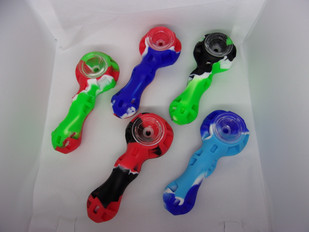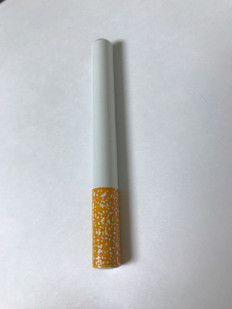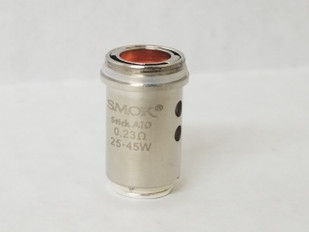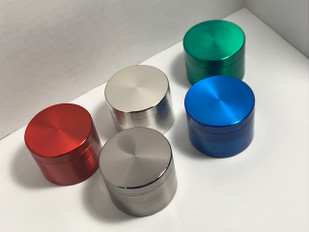- Home
- The Vape Mall Blog
- How to Fix a Traditional Sub-Ohm Tank in 2024
How to Fix a Traditional Sub-Ohm Tank in 2024
Posted by on
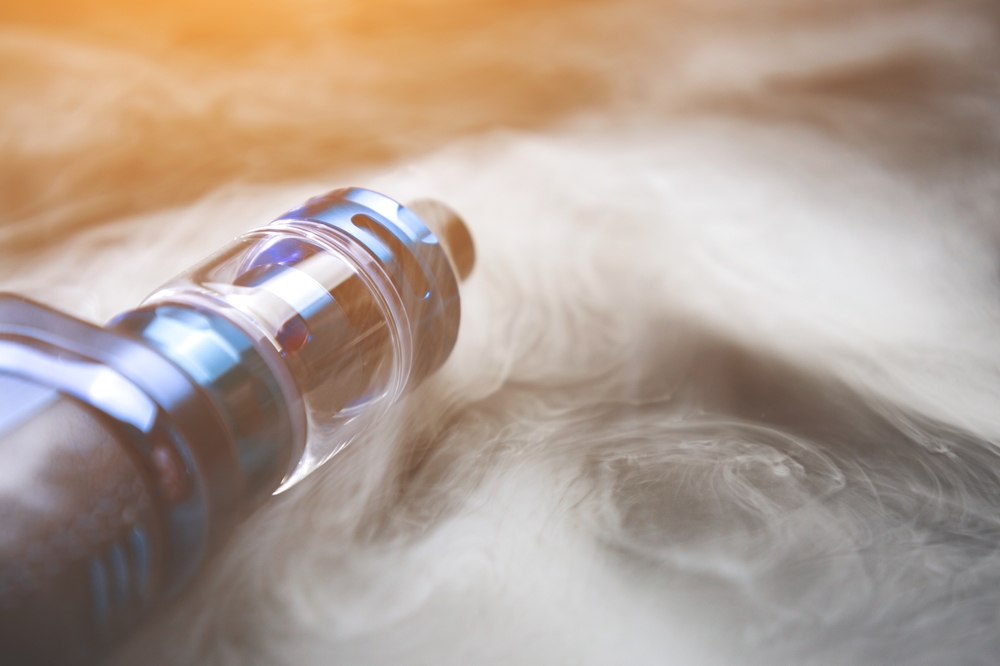 A sub-ohm tank
is a type of vape tank that's designed for vaping with resistances below 1 ohm.
The term "sub-ohm" originates
from Ohm's law in physics, which relates the voltage, current, and resistance
in an electrical circuit. In the context
of vaping, resistance is a crucial aspect because it determines how much heat
the coil in the tank will generate when a certain voltage is applied from the
battery. That’s why these tanks are
popular among vapers seeking large vapor production.
A sub-ohm tank
is a type of vape tank that's designed for vaping with resistances below 1 ohm.
The term "sub-ohm" originates
from Ohm's law in physics, which relates the voltage, current, and resistance
in an electrical circuit. In the context
of vaping, resistance is a crucial aspect because it determines how much heat
the coil in the tank will generate when a certain voltage is applied from the
battery. That’s why these tanks are
popular among vapers seeking large vapor production.
Now, if you're having issues with a sub-ohm tank, the solution will depend on the specific problem you're facing, and that’s what we are going to be covering here today.
How Can a Traditional Sub-Ohm Tank Break?
Here are various reasons why a sub-ohm tank might break or malfunction:
1.Physical Damage: Dropping the tank can crack the glass, damage the threading, or break other components.
2.Wear and Tear: Over time, the O-rings and seals can wear out, causing leaks.
3.Improper Assembly: If the tank is not properly assembled after cleaning or replacing parts, it might leak or not function correctly.
4.Defective Coils: A faulty coil might not heat evenly or at all. Over time, all coils degrade and must be replaced.
5.Cross-Threading: If the tank or coil is screwed on too tight or at an angle, it can damage the threading, making it difficult to unscrew in the future.
6.Temperature Changes: Extreme temperature changes can cause the glass or plastic of the tank to crack.
7.Chemical Reactions: Some e-liquids can react with the plastic of certain tanks, causing them to crack or warp.
8.Over-tightening: Screwing parts of the tank too tight can damage the seals, threading, or even crack the glass.
9.Pressure Changes: Traveling to high altitudes (like in an airplane) can cause changes in pressure that might lead to leaking.
10.Manufacturing Defects: Sometimes, a tank may have defects from the manufacturing process that can cause it to break or malfunction.
11.Overheating: If the mod (the device to which the tank is attached) malfunctions and overheats, it can potentially damage the tank or its components.
12.Electrical Issues: Short circuits or other electrical issues within the coil or tank can lead to malfunctions.
13.Improper Cleaning: Using harsh chemicals or not drying parts properly can lead to damage over time.
14.Excessive Force: Using too much force when opening, closing, or adjusting the tank can lead to breakage.
How to Fix a Sub-Ohm Tank
Below are some common issues with sub-ohm tanks and the potential solutions:
1.Leaking Tank:
- Ensure that all the parts are screwed together tightly.
- Check the O-rings and seals for any damage and replace them if necessary.
- Make sure the coil is properly seated and screwed in.
- If your coil is old or burnt, replace it.
- Avoid overfilling the tank.
- Close the airflow when filling the tank.
2.Gurgling Sound or Spitback:
- Ensure the tank isn’t overfilled.
- Check if the coil is flooded with e-juice. If it is, take the tank off the mod, place a paper towel on the airflow and blow into the mouthpiece without firing.
- Replace a saturated or old coil.
- Check the e-juice’s VG/PG ratio. High PG liquids tend to be thinner and might flood the coil easier.
3.Burnt Taste:
- Prime the coil properly before use by dripping e-juice directly onto the cotton wicking material.
- Start at a lower wattage and gradually increase.
- Replace old or burnt-out coils.
- Ensure the juice flow holes on the coil are not obstructed.
4.Not Producing Vapor:
- Ensure that the battery/mod is charged and turned on.
- Check if the coil is burnt and replace it if necessary.
- Ensure that all connections are clean and making contact.
- Check the mod's settings to ensure they are appropriate for the coil's resistance.
5.Tank Getting Too Hot:
- Take breaks between puffs to let the tank cool down.
- Ensure proper airflow. Open up the airflow control more.
- Reduce the power setting on your mod.
- Make sure you're using a coil within its recommended wattage range.
6.Airflow Issues:
- Check for obstructions in the airflow path.
- Clean the tank thoroughly, especially the airflow control ring area.
- Replace damaged O-rings.
7.Thread or Connector Issues:
- Clean the 510 connector on both the tank and mod.
- Avoid over-tightening the tank onto the mod.
- Check for damages on the threading and consider replacing parts if they are stripped.
8.Cracked or Broken Glass:
- Many tanks come with replacement glass, or you can simply purchase one separately.
- Remove the damaged glass and replace it.
Note: If after trying the above steps your tank still doesn't work, it might be time to consider purchasing a new one. Always ensure that any modifications or repairs you make/do to your vaping equipment are safe and in line with the manufacturer's guidelines.
General Sub-Ohm Tank Maintenance You Need to Know
Regularly clean your tank to avoid build-up and potential issues. This involves disassembling it and cleaning all parts with warm water (avoid using soap). Let all parts dry thoroughly before reassembling and using. Also, always have replacement O-rings, seals, and coils on hand. These parts wear out or get damaged over time, and having spares can save you a lot of hassle.
To reduce the chances of breaking a sub-ohm tank:
- Always handle it with care to avoid drops or impacts.
- Properly assemble and regularly maintain the tank.
- Avoid extreme temperature changes.
- Use e-liquids that are compatible with your tank material.
- Don't over-tighten components.
- Replace worn-out or damaged parts promptly.
 Loading... Please wait...
Loading... Please wait...







